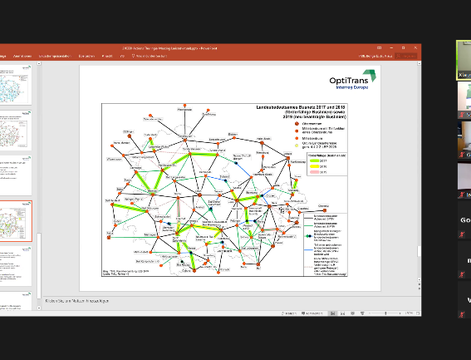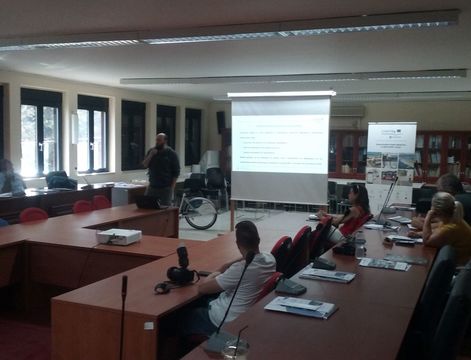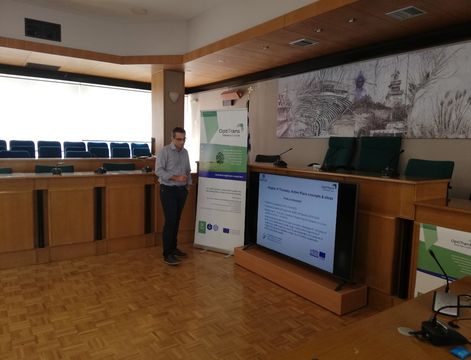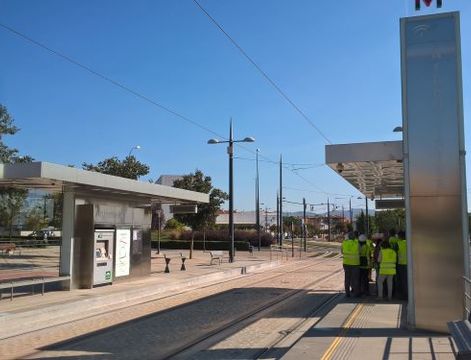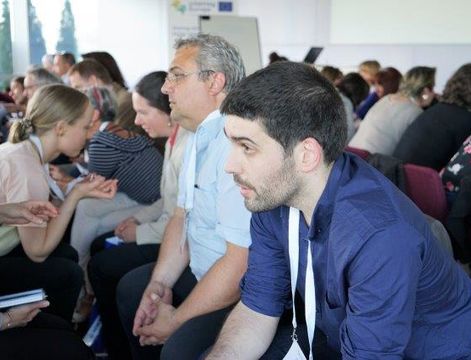After long ten years of hard work, a new metro line in Granada has been finally introduced to the public on the 21st September. This brand new line is a combination of metro and Tram services, as most of its route goes over the ground, and only in the city centre of Granada it goes underground. Apart from Granada, the new transport service connects other three metropolitan area municipalities, Albolota, Armilla und Maracena, with an overall population over 60.000 inhabitants. The new metro line brings also a significant advantage for other neighbouring suburban areas, university community within Granada city as well as its aging population.

The metro line has been built by the Regional Authority. Afterwards a public procurement process has been developed in order to contract a private company to operate the line. It was successfully opened on the 21st of September, having nearly 25.000 users/day, while the forecast is that this new infrastructure will be used by nearly 30.000 users/day, around 11 million users a year, with a price of a single ticket of 1,3 € or 0,82 € if the metropolitan area card is used. Thus, the service is estimated to have a maintenance cost of around 11 million €, and would be self-sustained by the income of passengers. All infrastructures have been built to be able to improve the service and grow the number and length of wagons as needed, depending on the final demand foreseen. The contract with the transport company operating the line will change after four years, being able to adapt the service to the real need of demand and make corrections to achieve a self-sustained metro line.

The construction has cost altogether 560 million €, from which approximately the half was funded by the European Union and the rest by the Regional Government. The building process was affected by the economic crisis and delays due to the protected ancient building findings under the ground. After finalising the construction at the end of 2016, the metro line started its trial operation period without passengers. The situation in Granada is rather particular, since the area is often at a risk of earthquakes, and with most of the route being above the ground, the metro line has to cross 57 roundabouts, which requires also a new traffic lights coordination and moreover a change in population behaviour in order to avoid any futher car accidents. This has evolved in a trial period of nearly 6 months of the circulation of the metro before its opening in September.



